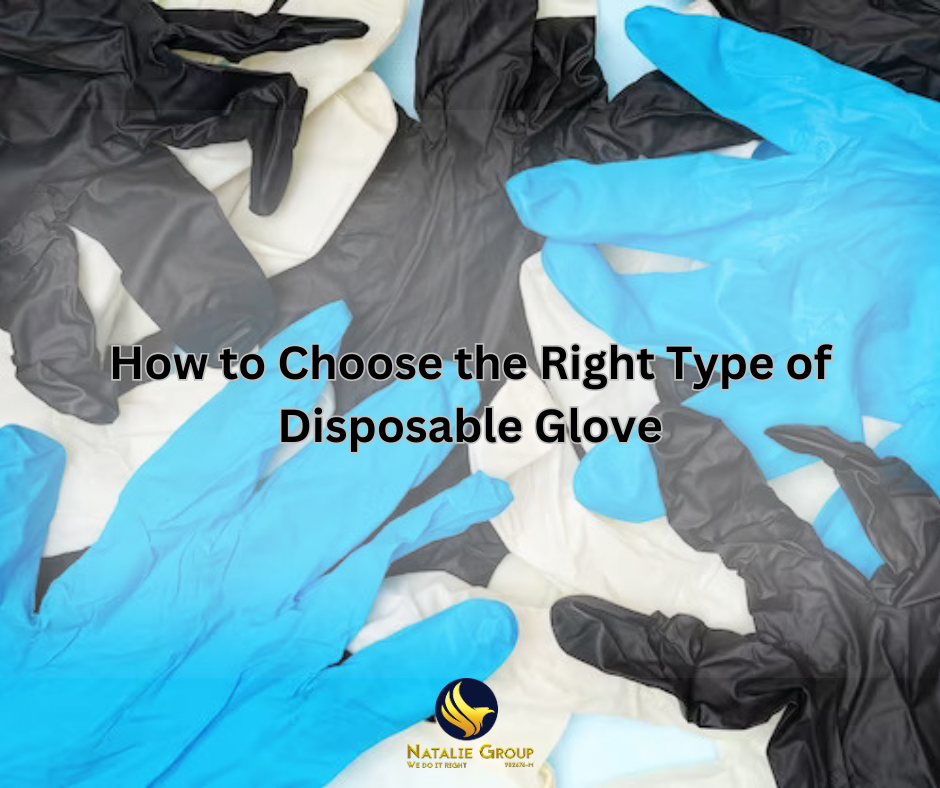Disposable gloves are an essential component of personal protective equipment, particularly in medical and food service settings. However, with so many different types of disposable gloves available on the market, it can be challenging to determine which one is right for your needs. In this article, we will discuss the factors you should consider when choosing the right type of disposable glove.
- Material
Disposable gloves can be made from various materials, such as latex, vinyl, nitrile, and polyethylene. Each material has its unique characteristics, so it’s essential to choose the one that suits your needs. Latex gloves are the most commonly used in medical settings, as they are durable, flexible, and provide excellent tactile sensitivity. However, some people are allergic to latex, so if you or anyone in your workplace has a latex allergy, you should consider using gloves made from a different material. Vinyl gloves are a popular alternative to latex gloves, but they are less durable and less flexible. Nitrile gloves are a good option for those with latex allergies, as they are hypoallergenic, durable, and offer excellent tactile sensitivity. Finally, polyethylene gloves are the most economical option but are less durable than other materials and are not recommended for medical use.
- Size
Choosing the right glove size is crucial to ensure that the glove fits properly and offers adequate protection. Gloves that are too small can tear or rip, while gloves that are too large can slip off, increasing the risk of contamination. To determine the right size, measure the circumference of your hand just below the knuckles and refer to the manufacturer’s sizing chart. It’s also essential to try on different sizes to ensure that you choose the most comfortable and snug fit.
- Thickness
The thickness of a disposable glove is measured in mils, with one mil being equivalent to 0.001 inches. Thicker gloves offer more protection but may reduce tactile sensitivity, making it more difficult to handle small objects. Thinner gloves offer better tactile sensitivity but may tear more easily. In general, gloves with a thickness of 5-8 mils are suitable for most applications, while gloves with a thickness of 10 mils or more are recommended for heavy-duty tasks.
- Powdered or Powder-Free
Disposable gloves can be either powdered or powder-free. Powdered gloves are coated with a small amount of cornstarch or other powder to make them easier to put on and take off. However, this powder can be a source of contamination, particularly in food service settings. Powder-free gloves are a better option for applications where cleanliness is crucial, such as medical settings or food handling.
- Glove Quality
The quality of a disposable glove is an essential factor to consider, particularly in applications where protection is crucial. High-quality gloves are less likely to tear or rip, providing better protection against contamination. Look for gloves that meet industry standards, such as the American Society for Testing and Materials (ASTM) standards for medical gloves.
In conclusion, choosing the right type of disposable glove requires careful consideration of several factors, including material, size, thickness, powdered or powder-free, and glove quality. By taking these factors into account, you can ensure that you select the best glove for your needs, providing adequate protection and minimizing the risk of contamination.

